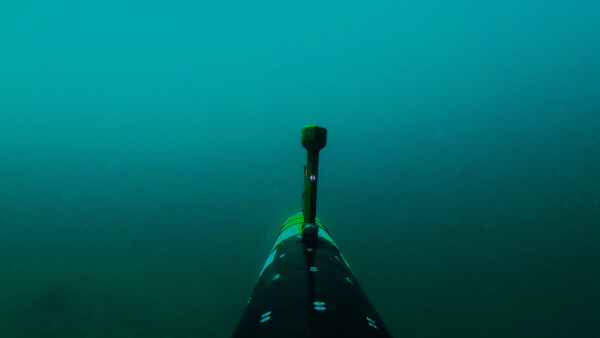Swim with the robots, U-M on the Great Lakes
With a customized Iver 3 underwater drone, the Deep Robotic Optical Perception (DROP) Lab have a new set of underwater eyes that provide a window into the health of the world’s lakes and oceans.
With a customized Iver 3 underwater drone, the Deep Robotic Optical Perception (DROP) Lab have a new set of underwater eyes that provide a window into the health of the world’s lakes and oceans.
What lies beneath the surface of the Great Lakes and other large bodies of water? Even in the 21st century, nobody really knows. But that could change, thanks to an autonomous underwater robot now under development in the U-M department of Naval Architecture & Marine Engineering.

Join Michigan Robotics Ph.D. Student Gideon Billings and Nick Goumas, Research & Development Engineer, as they journey to the open waters of Lake Huron to conduct the first-ever test of IVER 3407, an autonomous robot that can swim deep underwater, snapping hundreds of thousands of high-quality stereoscopic sea floor images to be processed digitally using artificial intelligence.
IVER could be the start of a revolution in lake and ocean monitoring, which today depends on methods that are decades or even centuries old. IVER’s technology could provide a new set of underwater eyes to scientists, regulators, fishing communities and the public, helping them better manage the waters on which billions of people depend. But not until it passes this first, critical test. Dive deep under Lake Huron as the IVER goes on its first mission and—hopefully—returns safely to the surface.